Safe Work Australia has released a new model Code of Practice to provide practical guidance to employers on how to manage health and safety risks related to fatigue at work.
This fact sheet for small businesses outlines how you can manage the risks from fatigue and meet your work health and safety (WHS) duties. It covers:
This fact sheet provides general information about fatigue and fatigue management for workers. It covers:
This model Code of Practice provides practical guidance to PCBUs on how eliminate or minimise the risk of fatigue at work so far as is reasonably practicable.
Safe Work Australia is developing a model Code of Practice which provides guidance for PCBUs on managing fatigue risks at work.
Safe Work Australia (SWA) is developing a model Code of Practice which provides guidance for PCBUs (employers and organisations) on fatigue risks at work. This draft model Code of Practice has been developed with the support of Safe Work Australia Members and other safety regulators.
This report provides a review of the literature on fatigue including:
Fatigue is more than feeling tired and drowsy. It is short- or long-term exhaustion which results in reduced capacity to do things. This infographic outlines the WHS impacts of fatigue and how you can manage the risks.
Job demands that are too high or too low are a psychosocial hazard. This means they can cause psychological and physical harm. A job can include both high and low job demands.
Today’s society is increasingly focused on a 24/7 economy and the expectations on people to work at all hours of the day have increased.
Resources to help PCBUs manage the risk of fatigue. Resources are also available for workers.
Find out how to manage the risks of fatigue at work.
Everyone in the workplace has a role in managing the risk of fatigue at work.
Fatigue is more than feeling sleepy, tired and drowsy. Fatigue harms workers’ health and reduces their ability to work safely. Fatigue can arise from both work-related and non-work-related sources.
Sitting for long periods of time is common in Australian workplaces.
Fatigue is a state of physical, mental or emotional impairment. Fatigue can develop over the short or long term, can prevent people from functioning safely and can have health effects on workers.
This guide provides practical guidance for workers on how to manage fatigue to ensure it does not contribute to health and safety risks in the workplace.
This Guide provides practical guidance for persons conducting a business or undertaking and other duty holders on how to manage fatigue to ensure it does not contribute to health and safety risks in the workplace.
This model Code of Practice has been developed to provide practical guidance for persons who have duties to manage risks to health and safety under the WHS Act and Regulations applying in a jurisdiction.
Biomechanical demands such as repetitive hand or arm movements, lifting heavy loads or working in awkward postures contribute to the development or worsening of inflammatory or degenerative musculoskeletal disorders.
In this seminar, Dr Carmel Harrington and Professor Drew Dawson examine why fatigue management is important from both a worker and a business perspective and what businesses and workers can do to manage the risks caused by fatigue in the workplace.
